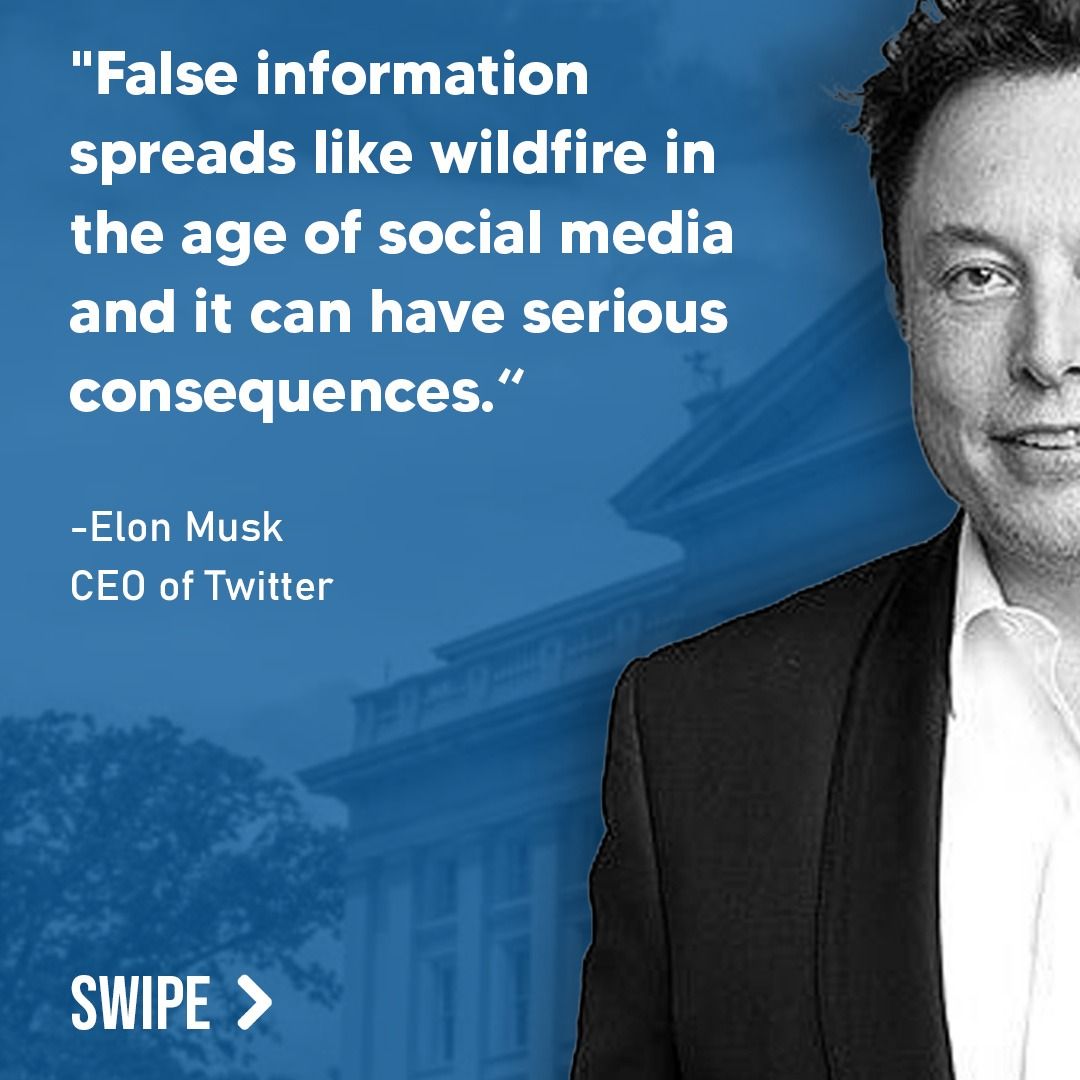
Unpacking The Truth Behind Extreme Weather Patterns
Recent storm activity across the U.S. has left many wondering whether climate change is the primary cause. A recent CNN article details a potent storm system impacting millions, with blizzards, wildfires, and dust storms creating hazardous conditions. Given the frequency of such events, we examined the claims made to determine whether climate change is indeed the driving factor in these extreme conditions.
Historical Context: Understanding Extreme Weather Trends
Severe weather outbreaks, including tornadoes, wind storms, and wildfires, have historically been a part of seasonal transitions in the U.S. However, the intensity and frequency of such events have escalated in recent decades. Scientists largely attribute this increase to climate change, which has led to warmer temperatures, drier conditions, and stronger storm systems. The United Nations and NOAA have both reported that extreme weather events are becoming more severe due to shifts in global climate patterns.

Fact-Checking Key Claims from the Article
Claim #1: “This storm isn’t a carbon copy of the last one but will once again spawn severe weather, with powerful winds triggering fast-moving fires.”
True. Meteorological reports confirm that high winds from the system have significantly increased wildfire risks. The National Weather Service confirmed that gusts exceeding 60 mph in Texas and New Mexico have accelerated fire spread. While storms vary in specifics, strong winds and dry conditions have repeatedly contributed to similar dangerous scenarios in recent years.
Claim #2: “The most widespread threat will be powerful wind – with gusts stronger than 40 mph expected from Texas to Minnesota.”
Accurate. Verified reports from NOAA and local weather bureaus have confirmed strong wind patterns in these states, with gusts exceeding 50 mph in some areas. Wind speeds of this magnitude can topple trees, damage infrastructure, and worsen air quality due to dust and debris.
Claim #3: “Strong winds sweeping through the Southern Plains started to kick up dirt and debris on Tuesday, creating blinding dust storms with little to no visibility.”
Verified. Reports from New Mexico’s Department of Transportation confirm that major highways were shut down due to dust storms, with visibility dropping below a mile in several regions. This aligns with longstanding patterns of wind-driven dust storms in areas prone to arid conditions.

Conclusion: Climate Change’s Role in Extreme Weather
The article accurately describes the weather events occurring across multiple states and provides fact-based reporting on storm conditions. However, while climate change is not explicitly denied in the article, it lacks a thorough analysis of how rising global temperatures might be exacerbating these conditions. Studies indicate that higher atmospheric temperatures are increasing storm intensity, extending wildfire seasons, and making extreme weather events more destructive.
Stay Ahead of Misinformation
Stay informed with verified facts. Download the DBUNK app to fact-check news in real time and ensure accuracy in your daily media consumption.
Read the Original Article
Click here to view the full article: CNN Article

